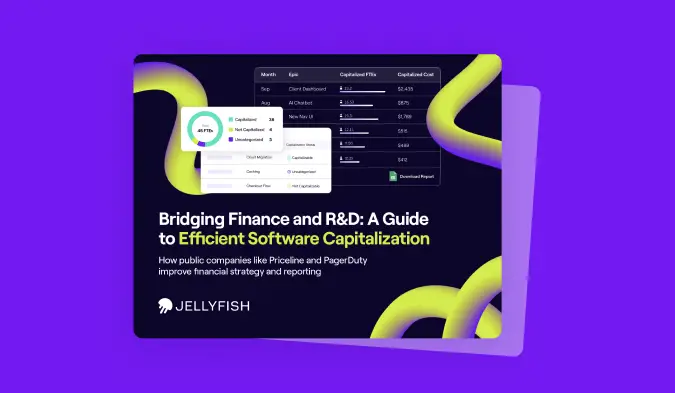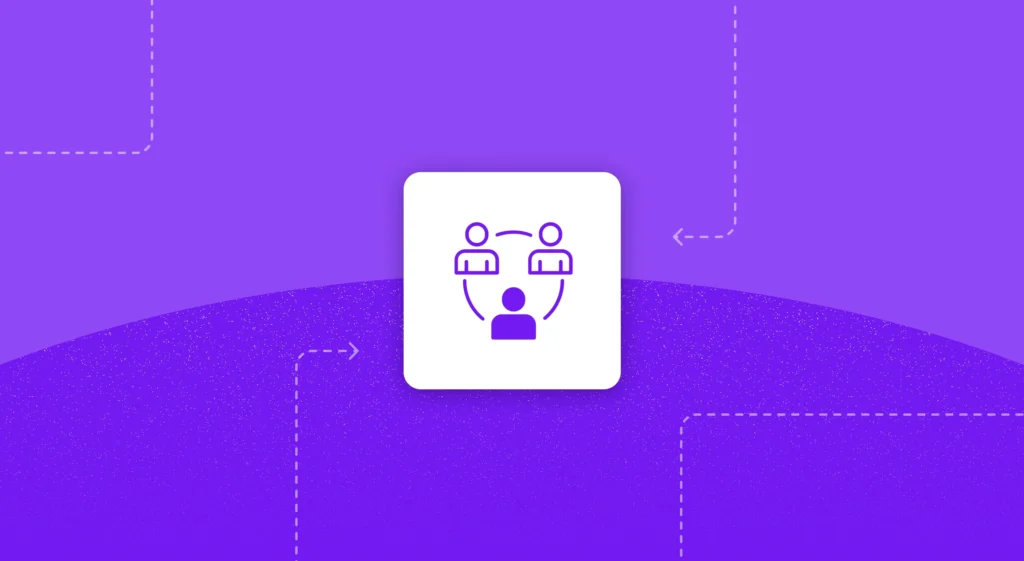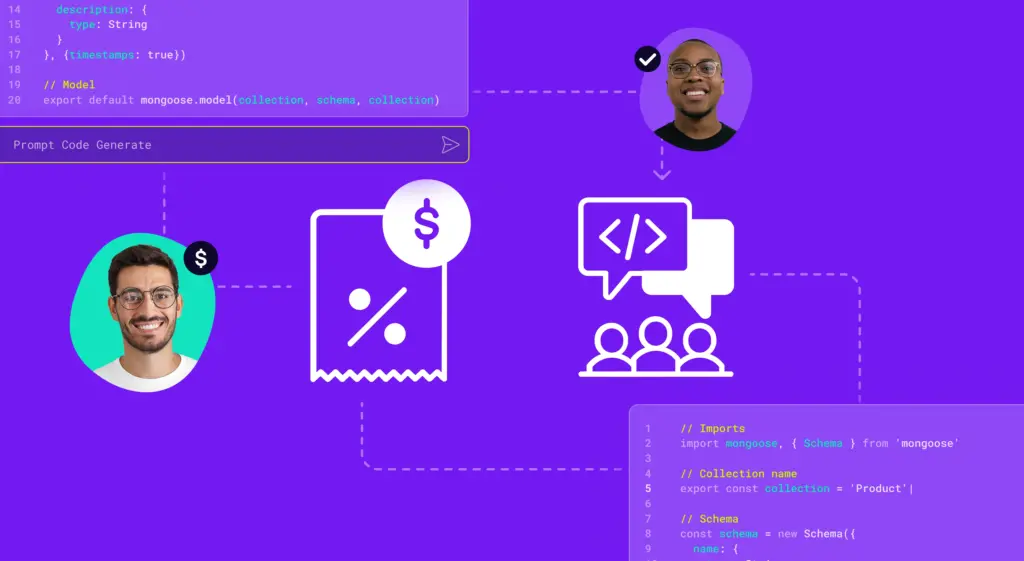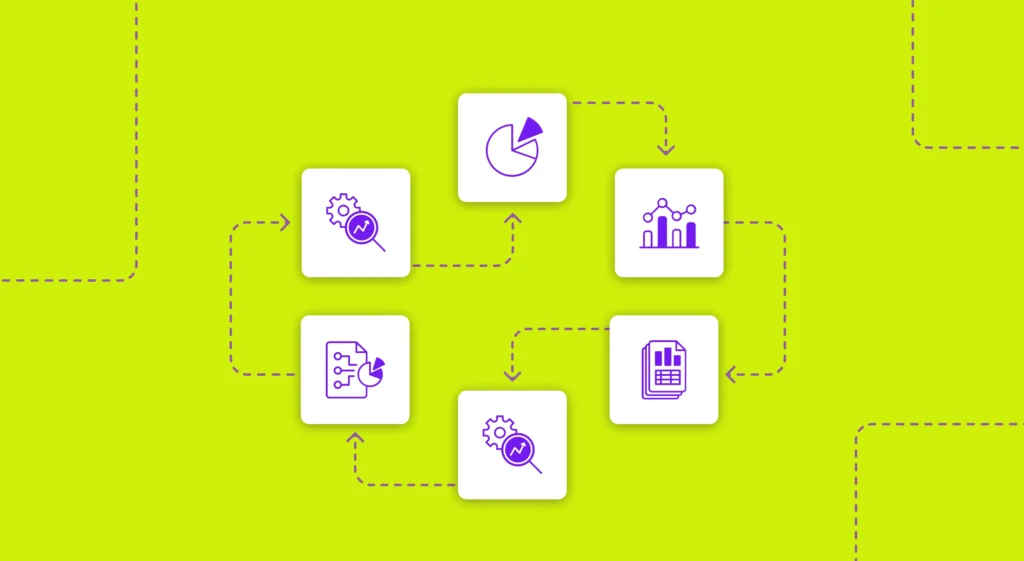DevFinOps is the integration of financial strategies and finance teams into the operations of software development. It is the recognition that financial resources in any organization are finite and thus should be considered as an integral part of the software planning and development processes (and not as a project to be managed separately).
It incorporates practices such as cloud spend optimization (often called FinOps) but expands the scope of FinOps considerably by implementing cost management strategies to regulate the financial resources consumed by software engineering teams.
Why DevFinOps matters more than ever before
Why DevFinOps matters more than ever before
We once bought into this idea that the gap between software development and engineering operations was an unhealthy one that needed to be closed. We called the solution DevOps, and this mindset ushered in a new era of software development.
Since then, a host of business functions have clamored to join the DevOps crusade — DevSecOps, DevTestOps, DevNetOps, etc.
But when software development is among the biggest expenses of nearly every modern business, it’s time we bring Finance in for the ride.
That’s where DevFinOps comes in. By pulling financial concerns and financial insights into planning and engineering operations, we are more strategic and discerning with the choices we make, the budgets we set, the software we choose to make, and how we report quantifiable business impact of the engineering organization.
In today’s climate, where software development is a core activity for most businesses, financial and engineering leaders are increasingly leveraging software capitalization. The practice of cost capitalization, while beneficial for reporting higher net income, demands accurate and timely engineering data, something DevFinOps provides.
DevFinOps provides the necessary visibility into engineering efforts, ensuring financial compliance by facilitating informed decision-making. The traditional reliance on manual timesheets, prone to inaccuracies and frustration, is no longer sufficient. DevFinOps offers a solution by providing real-time data, eliminating guesswork and enabling finance teams to accurately track resource allocation.
This level of transparency and precision is crucial in an environment where cost efficiency and financial accountability are paramount.
Key components of DevFinOps
Key components of DevFinOps
DevFinOps, at its core, is more than just a buzzword; it’s a strategic framework that requires certain key components to function effectively. Understanding these components is essential for any organization aiming to implement DevFinOps and reap its benefits.
Real-time data integration
DevFinOps hinges on the seamless and continuous flow of information between finance and engineering teams. This means moving beyond retrospective reporting and embracing platforms that provide up-to-the-minute insights. This real-time exchange allows finance leaders to understand resource allocation with greater granularity, while engineering teams gain clarity on the financial implications of their work.
Integrated financial planning
DevFinOps encourages organizations to shift from post-development cost analysis to a more proactive approach. Engineering teams should factor in financial considerations “before, during, and after new feature work.” This means incorporating financial metrics into the planning and development cycles, ensuring that projects align with the organization’s strategic objectives and deliver optimal ROI.
Collaborative communication
DevFinOps aims to bridge the gap between finance and engineering, fostering a shared understanding of financial and technical considerations. This requires open and transparent communication channels, enabling both teams to “speak the same language.” By establishing a common language and understanding, organizations can minimize frustration, improve accuracy, and optimize resource utilization.
Continuous optimization
DevFinOps is not a one-time implementation; it’s an ongoing process of refinement and improvement. Organizations must continuously monitor their financial and engineering data, identify areas for improvement, and adjust their strategies accordingly.
By focusing on these key components, organizations can effectively implement DevFinOps, fostering a culture of financial awareness and driving strategic growth.

Bridging Finance and R&D: A Guide to Efficient Software Capitalization
How public companies like Priceline and PagerDuty improve financial strategy and reporting
Get the GuideThe part of DevFinOps most people forget
The part of DevFinOps most people forget
Consider for a moment your company’s last product launch. Could you calculate how much it cost to build? You might immediately consider cloud costs, but those are only part of a much larger equation.
And sure, cloud costs can balloon faster than expected, and they are a constant concern for Finance teams – cloud cost optimization and automated controls can be immensely important.
But in many organizations, we forget to consider that the most important resource and often biggest software development cost is the people doing it.
DevFinOps seeks to answer these tougher questions:
- How much did a product, feature, or release cost to build?
- How much time and efficiency are we losing due to bottlenecks?
- Can we capitalize some of these costs to help with our financial wellbeing? Are we getting the return on the investment we were hoping for?
- Should we invest in something like this again, or if not, where would our dev resources be better spent?
- Given our history, how much do we expect this project to cost us?
- What resources will we need to get this done?
- How does that factor into our budget for next year?
These are the types of questions that don’t just save money, they are foundational to the strategic direction of the organizations that ask them. They facilitate strategic product and capacity planning decisions, enable conversations about tradeoffs, expose insights, and automate the types of workflows required for sound financial practices.
By and large, these are personnel questions, not ones of cloud costs. We need a mentality that embraces the full scope of financial decisions being made by software development and operations teams.
And we need the tools to understand not only cloud costs but also development costs and how and when all resources are being used.
Jellyfish DevFinOps solution can help optimize costs
Jellyfish DevFinOps solution can help optimize costs
In a world where software development significantly impacts financial performance, the ability to accurately track and report R&D costs is paramount. Jellyfish’s DevFinOps solution addresses this critical need by providing a seamless and accurate methodology for financial and engineering leaders to manage cost capitalization.
Key capabilities of Jellyfish DevFinOps:
- Consistent and accurate effort calculation: Implements a standardized work allocation model for precise calculation of engineering effort.
- Automated data collection and reporting: Eliminates the need for manual time tracking and estimations across multiple teams and initiatives.
- Efficient categorization of R&D costs: Expedites the classification of capitalizable versus non-capitalizable costs, crucial for forecasting and accurate financial reporting.
- Improved predictability and consistency: Ensures consistent reporting and export of data for controllers and accountants, streamlining the financial lifecycle.
- Defensible audit evidence: Provides comprehensive reporting with detailed supporting information for audit purposes, essential for maintaining compliance in SaaS and other technology-driven companies.
Jellyfish DevFinOps provides a robust, automated, and auditable solution for R&D cost reporting, enabling financial and engineering leaders to make informed decisions and optimize their financial performance.
Companies like Integral Ad Science, Optimizely, and ZoomInfo are already experiencing the benefits of Jellyfish DevFinOps, automating critical tasks associated with R&D cost capitalization.
To learn more, check out Jellyfish’s engineering management platform today.
About the author

Lauren is Senior Product Marketing Director at Jellyfish where she works closely with the product team to bring software engineering intelligence solutions to market. Prior to Jellyfish, Lauren served as Director of Product Marketing at Pluralsight.





